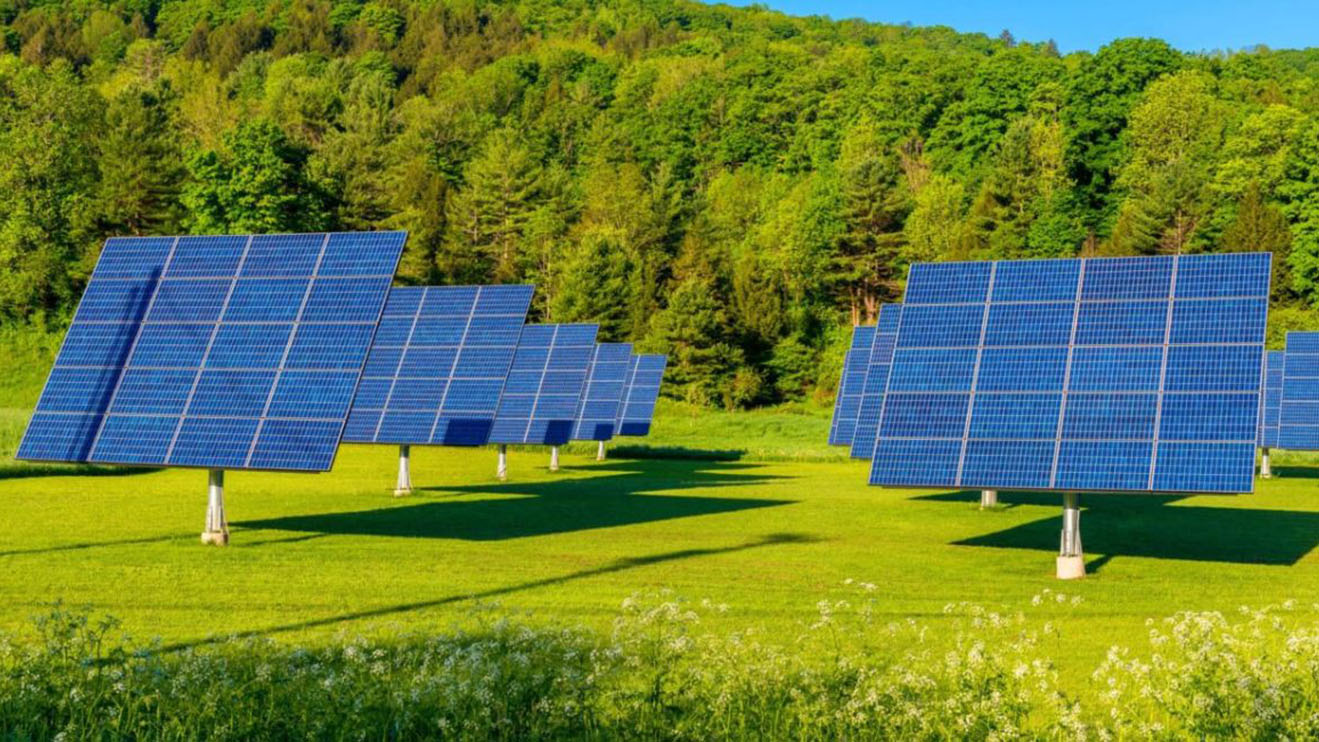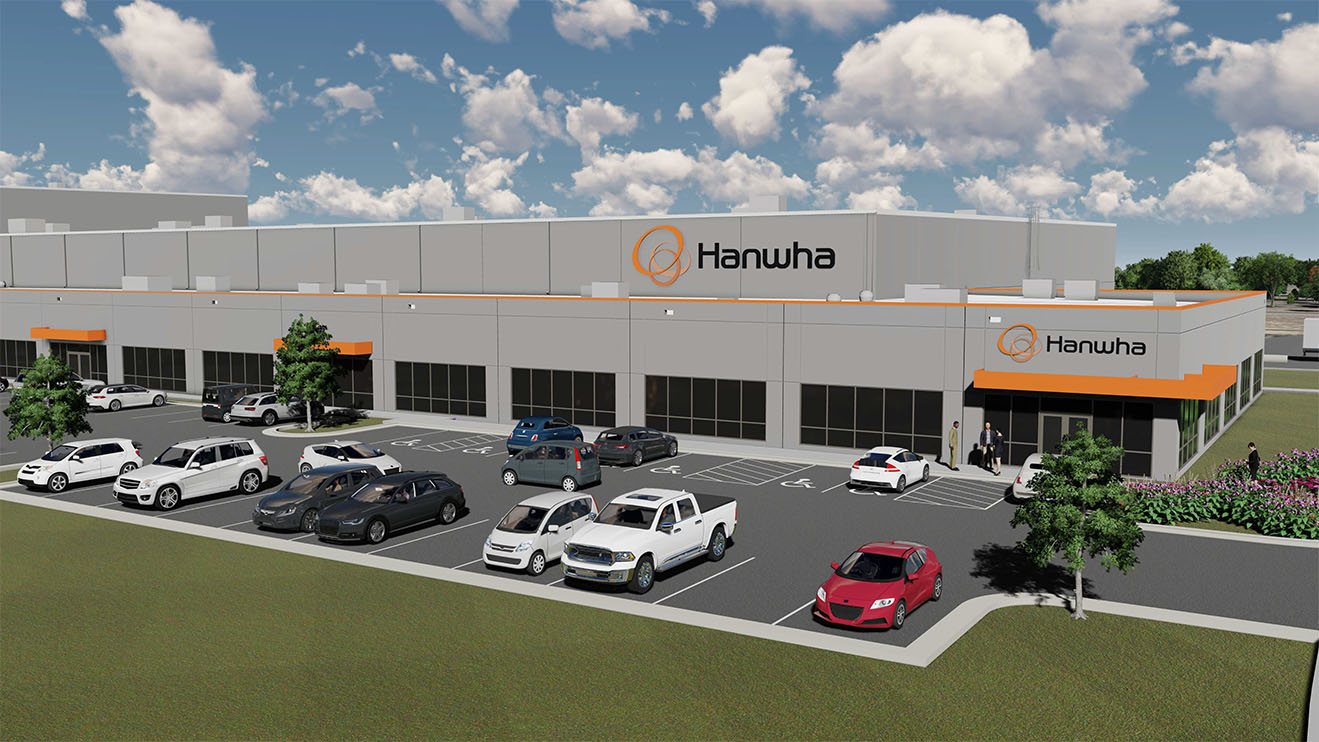Helping Land Owners Cultivate Profits with Dual-Use Solar Arrays
Farming is a precarious business. A successful yield largely depends on uncontrollable factors, like the weather. As a result, farmers often don’t know whether their businesses will be profitable or not.
But one farmer in Hope Township, New Jersey, is taking steps to ensure that a portion of his farm provides guaranteed income without sacrificing his operations — and Bohler is helping to make it happen.
The farmer is working with CEP Renewables, a company that specializes in developing utility-scale solar plants on farmlands, brownfields, and closed landfills across North America, to construct a 10-MW solar array on his property. The plan, which Bohler helped develop in coordination with the farmer and the solar company, is to position the solar panels so that the farmer can continue to cultivate the land, potentially growing soybeans or hay underneath them. This dual-use concept is known as agrivoltaics or agrisolar.
The project is one of about 30 that CEP Renewables is developing across New Jersey with Bohler as its land development consultant. Bohler is providing comprehensive site civil engineering and landscape architecture design for the projects. It is also helping to identify suitable sites with electricity grid access. “We run the due diligence and background on all of the sites we work on,” says Robert Streker, PE, an Associate in Bohler’s Warren, New Jersey, office. “But the criteria that CEP Renewables needs is different because it requires a good understanding of farmland preservation requirements. We’re well-versed in these requirements at Bohler.”
Working with Communities
As part of this work, Bohler is helping CEP Renewables navigate the local jurisdictions to secure necessary zoning approvals for the projects. The team is also coordinating with adjacent property owners to gain buy-in, particularly for farm-based projects. “In some cases, a piece of property might have homes around it, and those residents might feel that the solar panels create a visual impact to their vista views,” says Adam Alexander, LLA, RLA, an Associate and Director of Landscape Architecture in Bohler’s Warren, New Jersey, office. “We work with the town and the local residents to develop a solution, whether it’s larger setbacks or landscaping that buffers views of the arrays.”
For the buffers, Alexander and his team leverage their expertise to identify appropriate species of evergreen trees and determine how they should be spaced to shield neighboring views of the solar plants. The team has also worked with a seed provider to develop a pollinator blend of native grasses and wildflowers that can grow around the solar panels, making the sites even more sustainable. “The birds and the bees and other wildlife utilize that habitat,” Streker notes. “It’s a secondary environmental benefit that has a pretty big impact.”
While adjacent property owners sometimes have concerns about the solar plants, communities at large support the projects. Communities see the farm-based projects as a way to preserve land that might otherwise be sold for more permanent developments, like warehouses or apartments, when farmers are unable make a sustainable living from it, Streker says. “Communities appreciate that a plan is in place to decommission the panels after the project’s functional life, opening the land for some other potential use,” he explains. “They also like that the land goes from farming into an industrial tax base.”
Transforming Limited-Use Sites
When it comes to landfills, CEP Renewables’ projects turn these otherwise unusable sites into productive properties. In these cases, the Bohler team leads placement of the solar panels and the structures necessary to support them. “With landfills, the biggest challenge is the grading,” Alexander says. “You have to find as much flat area as possible, like a plateau on top of the landfill mound. Then, you position the solar panels on ballasts and place a racking system on top to keep the panels flush without penetrating the landfill cap.”
One landfill that CEP Renewables is transforming with Bohler’s help is Hamm’s Landfill in Sussex County, New Jersey. The plan is to construct an 9.8-megawatt solar facility on the landfill, which has been closed since the 1980s. The property has ready connections to the electric grid, making it ideal for solar. “Landfill properties like this are impacted, so their usefulness is limited,” Streker says. “These solar farms are a great use of the land that also benefit the community.”
CEP Renewables’ brownfield-based solar plants have similar challenges and benefits. For these projects, Bohler takes the lead to position the solar panels without disturbing the contaminated soil. “The brownfields are similar in that you don’t want to disturb the site and any dirt that you bring in has to be clean material,” Alexander explains. “Plus, there is a pretty long-winded process to get approval from the Department of Environmental Protection to construct on these sites, and we leverage our extensive experience with the department to help navigate that process.”
Seeing the Impact
Back on the farm in Hope Township, the farmer will be able to count on income from the 34 acres where CEP Renewables and Bohler are constructing the solar plant. This security net will make it easier for the farmer to continue cultivating the rest of his acreage. “The margins for farmers are so tight,” Streker says. “There are years when conditions do not support a high crop yield and that inefficiency translates directly to lost income. When a solar company comes in and offers to lease property, that’s guaranteed money for 25 years or more. Some landowners would rather do that than flip the land for industrial or residential development.”
In addition to preserving farmland and rejuvenating landfills and brownfields, all of the projects that CEP Renewables and Bohler are constructing in New Jersey support a larger vision put forth by Gov. Phil Murphy: for the state to reach 100% clean energy by 2035. The Bohler team is proud to leverage its land development know-how to positively impact the environment for generations to come. “These projects have far-reaching benefits because they’re helping to decrease the use of fossil fuels and lowering the carbon footprint — and the exciting thing is they’re happening right here in New Jersey,” Alexander says. “It’s a good feeling to see that happen and be a part of it.”
Create Project Momentum
Our approach makes a meaningful difference for our most ambitious clients. Contact us to learn more.
Let's Get Started
